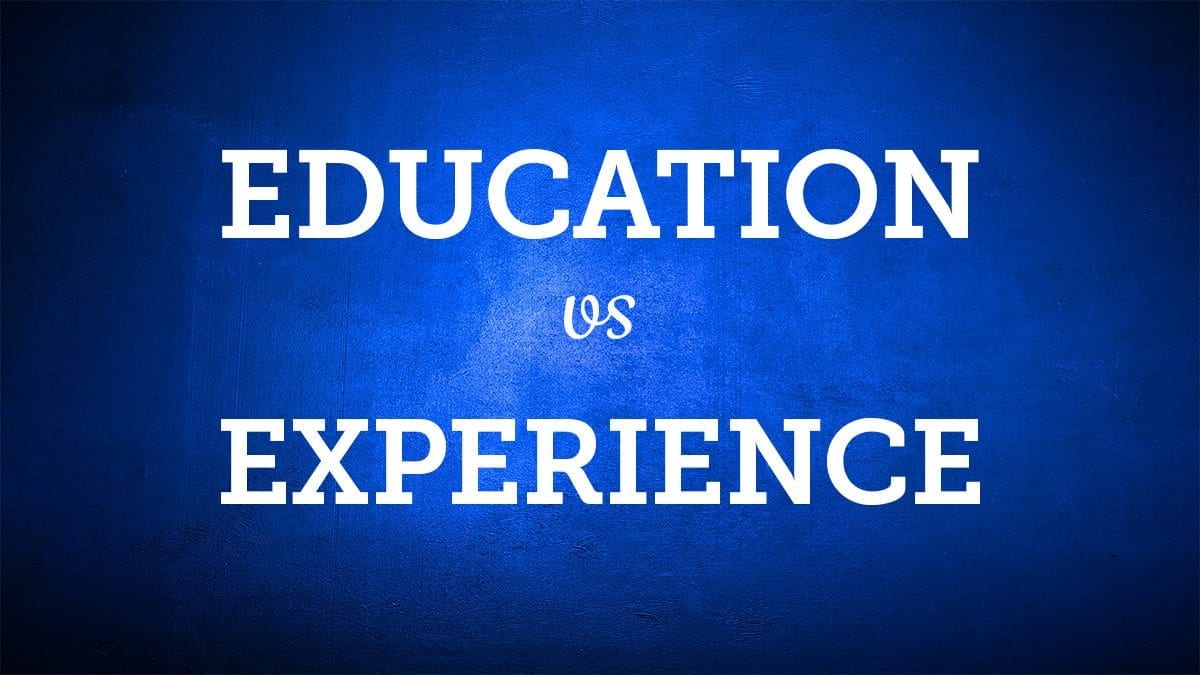
### How Customized Practices Can Revolutionize Your Yoga or Meditation Experience
Yoga and meditation extend far beyond mere physical or mental routines — they represent profoundly individualized techniques that can enhance your mental, emotional, and spiritual health. Despite their inherently personal nature, many practitioners often engage in these practices with a generalized mindset, conforming strictly to what is perceived as “conventional” or “normative.” By customizing your practice and selecting the right instructor, style, and method that corresponds to your specific objectives and inclinations, you can greatly enhance the positive impacts of yoga and meditation.
Let’s delve into how embracing your individuality can rejuvenate your yoga or meditation experience.
—
### 1. **The Significance of Alignment Between Aspirations and Instructors**
Each yoga or meditation teacher contributes their distinct energy, teachings, and experiences to the practice. Their methodology often mirrors their personal motivations for engaging in and sharing these practices with others.
Opting for an instructor whose goals resonate with your aspirations can greatly influence your journey. For instance, if your primary aim is to alleviate anxiety or address trauma, a teacher who focuses on mindfulness, emotional release, or therapeutic practices may connect with you more profoundly than one who concentrates on athletic prowess or flexibility. The goal isn’t to distinguish between “better” or “worse” instructors but rather to identify those who align with your personal ambitions.
When you experience emotional support and comprehension, you are significantly more likely to engage with your practice meaningfully.
—
### 2. **Recognizing Your Learning Style in Yoga and Meditation**
Similar to academic or career environments, we all possess distinct learning styles that shape our experiences in yoga or meditation. These can generally be classified as visual, auditory, kinesthetic, or written approaches — although the specifics can vary considerably.
– **Visual Learners**: If you learn best through observation, you may find a teacher who carefully demonstrates poses or offers comprehensive visual aids in their sessions to be more appealing.
– **Auditory Learners**: If sound resonates more with you, practices that involve spoken mantras, guided meditations, or sound healing tools like Tibetan singing bowls may facilitate deeper concentration for you.
– **Kinesthetic Learners**: If hands-on engagement is your preference, sessions that focus on movement, direct corrections, or interactive strategies may capture your interest more effectively.
– **Written or Analytical Learners**: Engaging in journaling, reading, or exploring written affirmations before or after sessions might assist you in absorbing the transformative essence of your practice.
Understanding how your mind and body best absorb information can aid you in choosing classes, apps, or resources that harmonize with your preferences, nurturing ongoing development without friction.
—
### 3. **Valuing “Soft” Preferences in Your Practice**
At times, the things that create a soothing or uplifting practice may appear “trivial” at first. You might prefer an instructor whose voice brings you comfort, or you may lean towards meditations featuring affirmations instead of silent breathwork. It’s completely acceptable to investigate and prioritize these inclinations without self-judgment.
Yoga and meditation revolve around connection — connecting with yourself, your breath, your movements, and your mental state. If aspects like music, lighting, or even your instructor’s vocal tone enhance your immersion in that connection, they are certainly worthy of respect.
Releasing guilt regarding these minor preferences is also a facet of self-care. Your practice should serve as a refuge, not a chore.
—
### 4. **The Impact of Affirmations and Messaging in Meditation**
Not all practices resonate identically with everyone, especially concerning affirmations — concise, positive statements aimed at bolstering self-belief and empowerment. For some users, affirmations can be uplifting, while for others, they may feel disconnected from their reality or even detrimental, particularly for those grappling with significant self-esteem issues.
A study titled *Positive Self-Statements: Power for Some, Peril for Others* published in *Psychological Science* discovered that affirmations can be ineffective for individuals with very low self-esteem. For these folks, unrealistic compliments can appear insincere, resulting in dissonance rather than reassurance.
If affirmations are part of your meditation routine, select ones that resonate with your current emotional state. For example:
– Instead of “I am perfect,” consider an affirmation like, “I am evolving.”
– Instead of “I am loved by everyone,” try “I am on a journey to love myself.”
Customizing affirmations to your present experiences can render them both plausible and impactful, allowing them to adjust as you grow.
—
### 5. **The Ideal Teacher and Approach Require Patience**
Discovering the right instructor or approach isn’t a swift process. It may necessitate weeks, months, or even years to identify the teacher, class, or application that resonates as an extension of your true self. Similar to friendships or relationships, establishing rapport with a yoga or meditation instructor involves trust, mutual understanding, and sometimes, a bit of trial and error.
Embracing an attitude of exploration